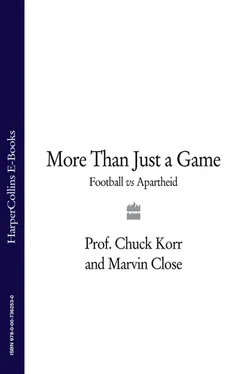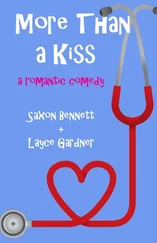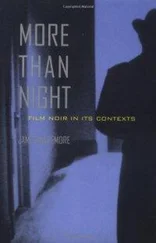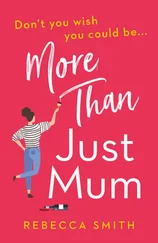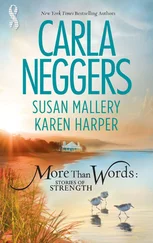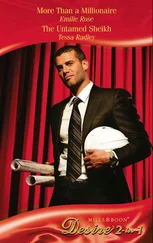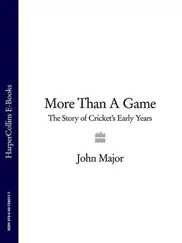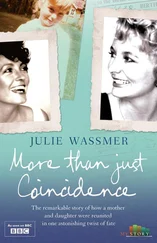By the end of the war, for the first time in South Africa’s history, there were more blacks than whites living in the cities. Many whites, particularly those aligned to the Afrikaner Right, saw this as a dangerous development and feared that blacks would come to dominate these urban areas. They came up with apartheid – in Afrikaans, ‘separateness’ – to counter what they described as ‘black danger’.
In practice, what it meant for black people and non-whites such as Sedick was a life choked and constricted by the injustices of discrimination. The belief underlying the system was that all white people were superior to blacks and coloureds, and their ‘uniqueness’ needed to be protected with all the power of the state. There had been a lot of racial discrimination and separation between the races in South Africa before 1948 but, from that year onwards, it was legally sanctioned.
As Sedick grew into childhood, the regime officially classified every individual in the country by race – white, Asian, coloured, and black. Members of the same family who did not share exactly the same skin colouring or even had a different hair texture could be classified as racially different. Individual government officials could and did enforce the rules selectively and arbitrarily. Many families were split up as a consequence, children being taken into care. Such measures were justified by the claim that they were necessary in order to maintain the system and to avoid the inevitable catastrophe that would be caused by racial mixing.
The government passed laws making interracial sex illegal and prohibiting mixed marriages. Police went to extraordinary lengths to impose these laws, even raiding houses and breaking into bedrooms to photograph couples as evidence.
New signs and hoardings went up all over South Africa: ‘Whites Only’. To separate the races further, racially divided schools, universities, and hospitals were created. All public amenities, from swimming pools and beaches to public toilets and parks, were split into white and non-white areas. Restaurants, cinemas, hotels, and cafés were segregated. Whites rode on white-only buses, waited at ‘white’ bus stops. Naturally, it was the whites who got the very best of everything, especially when it came to economic benefits such as jobs and land. More than 80 per cent of the land, including any that was rich in valuable minerals, was reserved for 12 per cent of the population.
The apartheid government then introduced laws that would effectively make black people foreigners in their own country. These laws created bantustans (homelands) – impoverished rural territories akin to reserves for Native Americans in the US and Aboriginal peoples in Australia. They covered less than a tenth of South Africa’s land mass. The plan was to herd the entire black population into them, effectively partitioning the whole country into white and non-white districts and thereby alleviating apartheid fears of black domination in the towns and cities. Administratively, the homelands were to be run by puppet chiefs hand-picked by the government. They had little power and had to defer to their white masters on all aspects of local governance.
More than three million people were forcibly evicted from their homes and banished to areas too small and lacking in resources to support the numbers living in them. Vibrant, thriving multiracial districts such as Sophiatown in Johannesburg and District Six, near Cape Town, were demolished and destroyed. Sophiatown was one of the oldest black areas in Johannesburg, with a population of over fifty thousand. Famous throughout black South Africa and beyond for its jazz music, its thriving art and culture, it was cleared virtually overnight. During the hours of darkness, gun-toting soldiers and police arrived in scores of flat-bed trucks to remove its population by force, taking them against their will to rough, undeveloped land 15 miles from the city centre. The government dubbed the area Meadowlands; black Africans called it Soweto, a corruption of Southwest Township.
Once the forced evacuation of Sophiatown was complete, its homes were bulldozed and all evidence of its previous occupants airbrushed from history. A new town was built for blue-collar whites. The government planners named the new suburb Triumf – ‘triumph’ in Afrikaans.
This pattern of enforced repatriation was to repeat itself across South Africa as Sedick grew into his teens. It soon came to include Asians, coloureds, and Chinese. Over three hundred thousand people were forcibly exiled from the towns and cities and banished to the poorer rural areas of South Africa.
However, without the largely manual, semi-manual, and domestic labour provided by blacks, Asians, and coloureds, the white districts would have ceased to operate. They were so reliant on non-white labour that the government had to find a means to allow other races to continue working in the towns and cities but at the same time strictly control their movement – hence, the introduction of the Pass Laws for blacks. The government did, however, keep a cold, vigilant eye on other non-whites – particularly men such as Sedick, already known to be a member of an organization critical of apartheid. As Sedick had come to understand, the tentacles of South Africa’s secret police stretched out into every area of life in the country. Desperately poor blacks and non-whites were paid and blackmailed into informing on their more militant friends and neighbours. Security agents infiltrated most, if not all, of the organizations committed to opposing apartheid and exerted an increasingly iron grip on dissent.
To a degree, Sedick sensed that it would be only a matter of time before he was arrested for his activities. For the moment, however, he was still in the game. He walked nervously back home from the chemist’s shop, desperate not to attract attention to himself as an Asian face in a white area of the city. He passed further police patrols but, that day, luck was on his side. He reached his home without being stopped, and began his experiments.
One evening some days later, Sedick drove out with three comrades to test his newly made explosives in the Strandfontein beach area of Cape Town. A long expanse of white sand that ran for many miles along the west coast at its furthest point away from the city, it was remote and secluded. Out here, Sedick and his colleagues hoped to be far from the attention of the security forces. They set off a couple of devices in the sand and then, on the drive back home, stopped outside a power sub-station, pondering whether to blow it up with their last remaining bomb. However, Sedick’s luck had run out: the police were waiting for them.
It soon became clear that the security police had been watching Sedick for weeks. He guessed that the reason had little to do with his nascent bomb-making activities. Sedick had become friendly with a local white girl, something that both violated the ‘immorality laws’ and offended the deeply held prejudices of most white South African policemen.
Along with his three comrades, he was taken at gunpoint to Woodstock police station. They were questioned overnight and the following day transferred to Cape Town’s notorious Caledon Square police HQ.
There was not enough room for him in the block used for prisoners detained for security reasons so he was placed in a cell with a man charged with common-law criminal acts. Staring at the peeling, grey-painted walls and trying hard not to despair about what the future might hold, Sedick started to chat with the man, asking what he was in for. The answer turned out to be multiple counts of murder, rape, and attempted murder. The man then returned the question and, when Sedick said he had been charged with political offences, the prisoner, several inches taller and a hundred pounds heavier than Isaacs, let out a long, slow whistle. ‘Wow, that’s dangerous stuff, man!’ he said. Sedick was soon to discover precisely how dangerous.
Читать дальше
